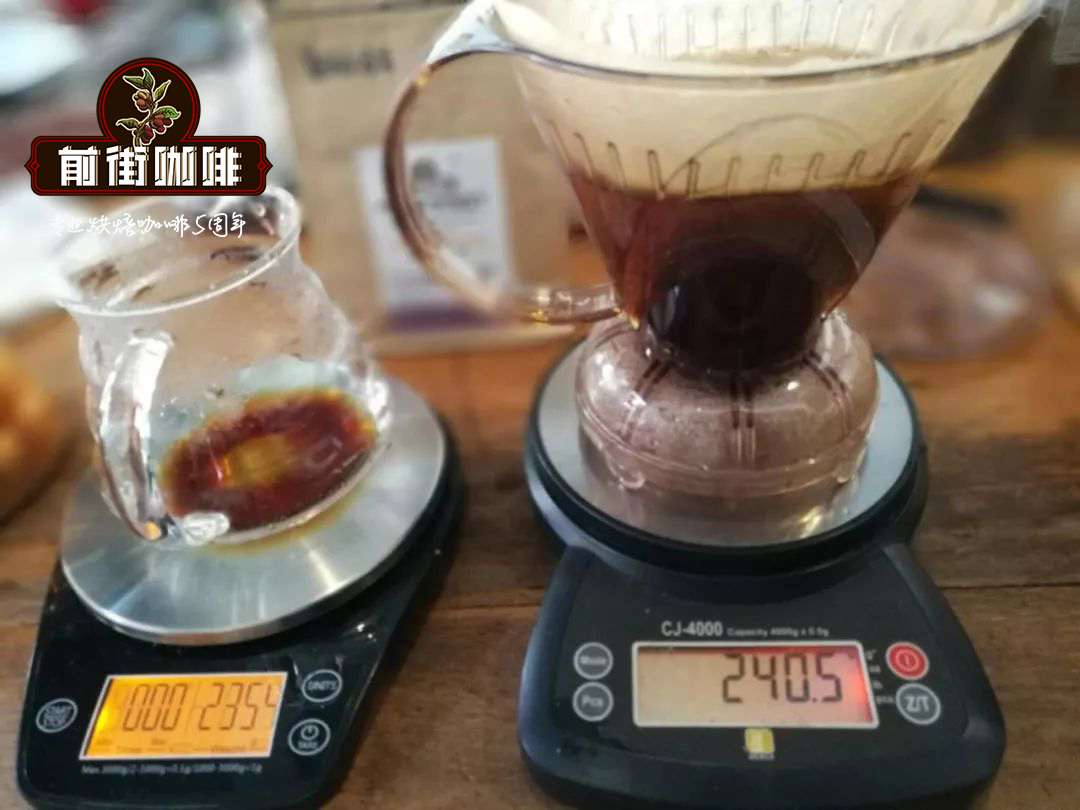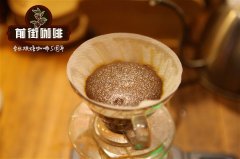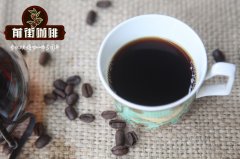How to drink washed coffee the characteristics of normal drinking method of washed coffee and sun-cured coffee

Professional coffee knowledge exchange more coffee bean information please follow the coffee workshop (Wechat official account cafe_style)
After the coffee fruit is picked, it has to be processed before it can become our common coffee raw bean. The most common ways to handle coffee are drying and washing.
The drying method is the most primitive method, which is harvested immediately after the fruit is ripe, laid on a flat open space, swept with a rake several times a day, so that the coffee beans can be dried more evenly, and then after two-four weeks of wind and sun, can be made, but keep in mind that the weather must be continuous sunny, otherwise it is easy to rot, sour, and emit an unpleasant smell, destroying the aroma of coffee.
The washing method is to soak the harvested fruit in a sink for two or four hours, soften the pulp, beat off the pulp with a pulp machine, and then soak the seeds in water for two or four hours, so that the residual pulp is fermented and completely dropped, and the seeds are clean. this is coarse coffee, which is dried in sunlight or manually, and the prepared coffee beans can be obtained by removing the silver skin and interlayer by machine or manual.
Washed raw beans are more popular.
Washed beans are called "washed coffee", and those who are naturally dried by sunlight are "natural coffee". The public generally likes to wash raw beans. Because the washing raw beans have been soaked in the preparation process, the acidity is strong, and the quality is more uniform. Machine operation can also be carried out, and there is a broad market, so large-scale coffee likes to use water washing type.
The washing method has obvious acidity, clean and bright taste, and is suitable for rainy areas, such as Colombia, Guatemala, the Blue Mountains of Jamaica, Hawaii, Kenya, Panama and so on.
The focus of the washing method is that the coffee fruit is fermented after peeling, and the pectin is washed off with water after fermentation. One of the treatment methods used is that after the coffee fruit is picked, the immature fruit and miscellaneous leaves are removed, the outer skin of the fruit is removed, the beans are picked out, and then the beans are washed and soaked, so that the beans begin to ferment, allowing microorganisms and enzymes to decompose the components of the beans and produce sour flavors. The water washing method can also be a dry fermentation method without soaking, and then wash off the pectin with water after fermentation. After fermentation, the beans are then insolated or dried to prevent coffee beans from getting moldy. Properly washed coffee beans usually taste mild and may have a wine flavor, depending on the environment and fermentation.
After the processing of coffee beans, first pick out defective beans, leaving intact coffee beans, and then after varying degrees of baking, will eventually be able to have ever-changing flavor and taste. The subtle differences in each step between coffee production and brewing will affect the quality and flavor of coffee, which is why the world of coffee is so spiritual and fascinating.
Comparison of the two flavors
Both washing and drying can produce the best quality coffee. Generally speaking, water-washed coffee has distinct acidity and consistent flavor, while dry coffee has lower acidity and more varied flavor. Colombia, Kenya, Costa Rica, Guatemala, Mexico, and Hawaii all use water washing methods. Most of the coffee produced in countries including Brazil, Ethiopia and Indonesia is dried, but some water-washed coffee is also produced.
Qianjie coffee has a lot of washed beans, such as [Jamaica Blue Mountain] [Kenya] [washed Yega] and so on, but the difference is that although the Blue Mountain is washed, it is well balanced and mellow. The acidity of [Kenya] [washed Yega] is very bright. Therefore, Qianjie Coffee recommends that the brewing temperature of [Jamaica Blue Mountain] is 88 ℃ and the time is one minute and 50 seconds, while [Kenya] [Yega] these are brewed with 90-91 ℃ for about two minutes and ten seconds.
Qianjie coffee: Guangzhou bakery, the store is small but a variety of beans, you can find a variety of unknown beans, but also provide online store services. Https://shop104210103.taobao.com
Important Notice :
前街咖啡 FrontStreet Coffee has moved to new addredd:
FrontStreet Coffee Address: 315,Donghua East Road,GuangZhou
Tel:020 38364473
- Prev

Wash and sun coffee Wash coffee Normal drinking method Wash coffee beans Characteristics
Professional coffee knowledge exchange More coffee bean information Please pay attention to coffee workshop (Weixin Official Accounts cafe_style) Washing method: The focus is on the fermentation of coffee fruit after peeling, and washing off pectin with water after fermentation. One of the treatments used is to pick the coffee berries, remove the immature fruits and miscellaneous leaves, remove the outer skin of the fruits, pick out the beans, then wash and soak the beans,
- Next

The characteristics of washed coffee beans how to drink water washed coffee
Professional coffee knowledge exchange more coffee bean information Please pay attention to the coffee workshop (Wechat official account cafe_style) coffee beans are the seeds of coffee fruit, also known as coffee cherry. After removing the exocarp and pulp of the coffee fruit, you will get two coffee seeds, that is, coffee raw beans. Coffee fruit is easy to rot when ripe and picked, so it should be done in time.
Related
- What is the meaning of lactic acid fermentation with coffee bean treatment?
- How to judge the state of foam by sound?
- How does the latte pull out the unicorn pattern? Come to get for a little trick to improve the flower pull!
- Will flower pulling affect the taste of the latte?
- Do you know the history of coffee?
- The difference between honey treatment and sun washing what is raisin honey treatment?
- What kind of milk can a novice use to make coffee foam to keep the foam longer? The correct method and skills of milking tutorial sharing
- Why do washed coffee beans taste sour? Flavor characteristics of washed Coffee
- Introduction to the skill of how to practice the size and height of water injection around the circle of hand-brewed coffee
- How do beginners practice coffee flower drawing from scratch?

